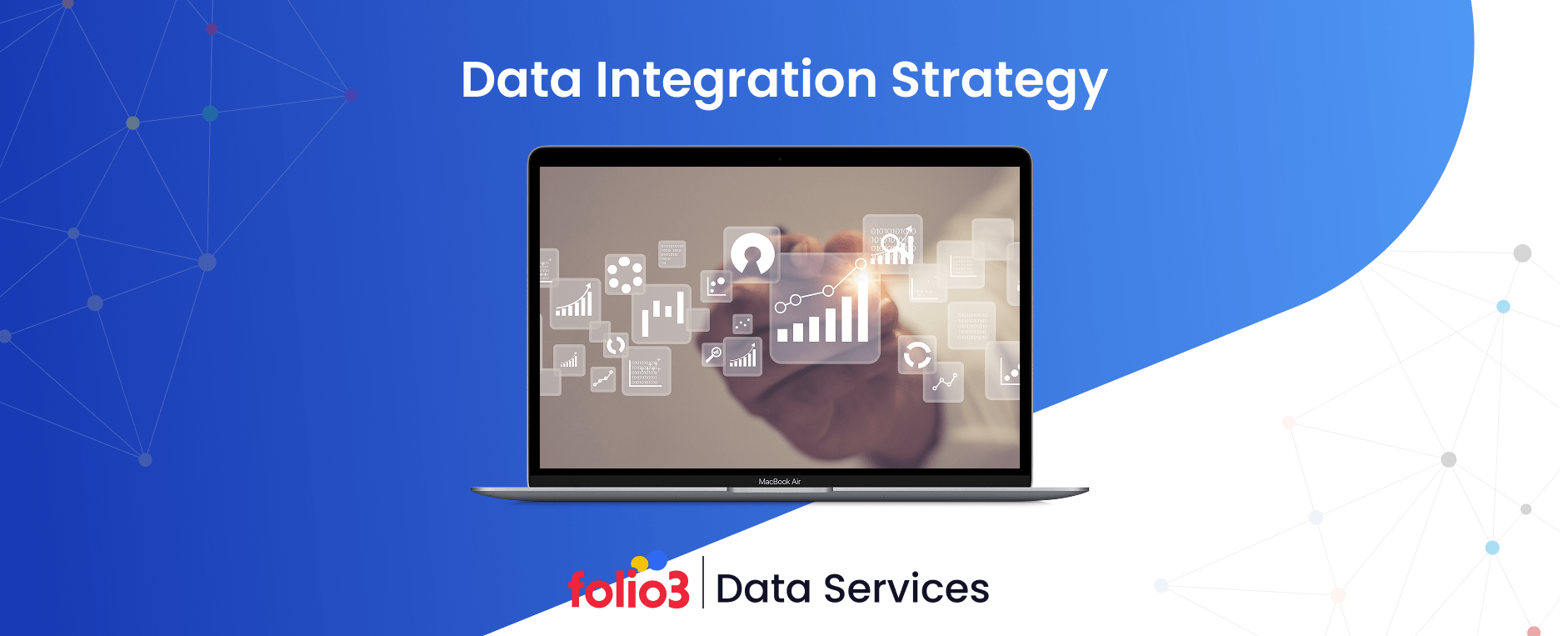
Learn how to create a winning data integration strategy in 10 steps. From challenges to tools, explore practical guidance for seamless and scalable integration.
Home » Data Engineering » Page 2

Learn how to create a winning data integration strategy in 10 steps. From challenges to tools, explore practical guidance for seamless and scalable integration.
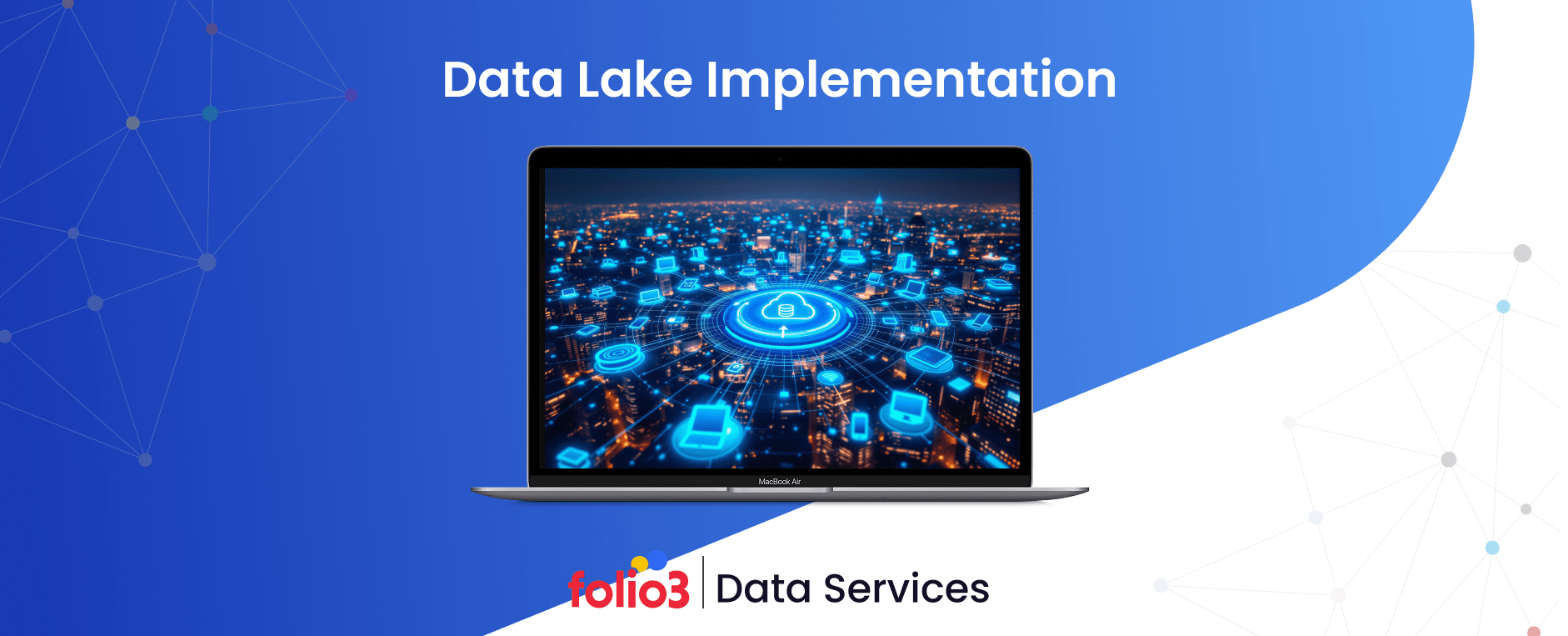
Implementing a data lake can transform your organization’s data capabilities, but 70% of projects fail due to poor planning and execution. This comprehensive guide provides a proven 12-step data lake implementation roadmap, covering everything from business objectives to ongoing maintenance.
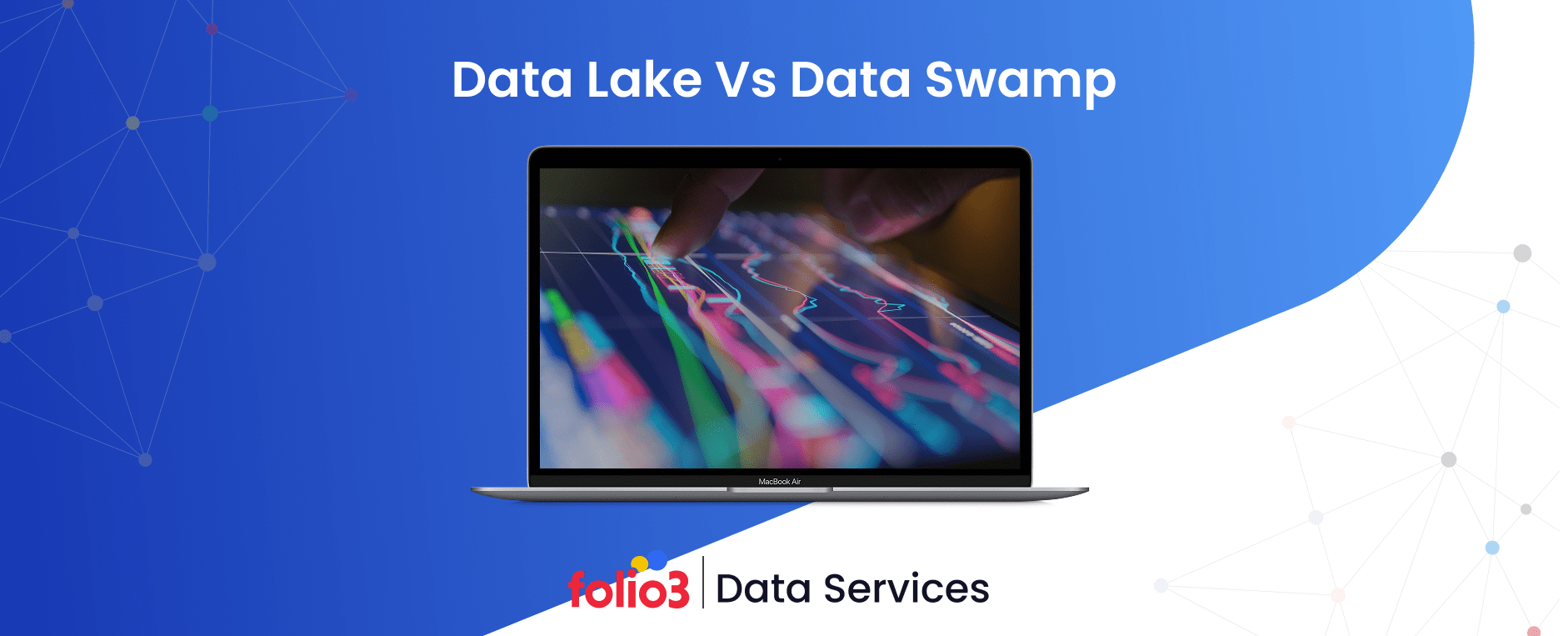
Learn the key differences between a data lake and a data swamp. Explore comparisons, warning signs, prevention tips, and when to choose a data lake architecture for success.
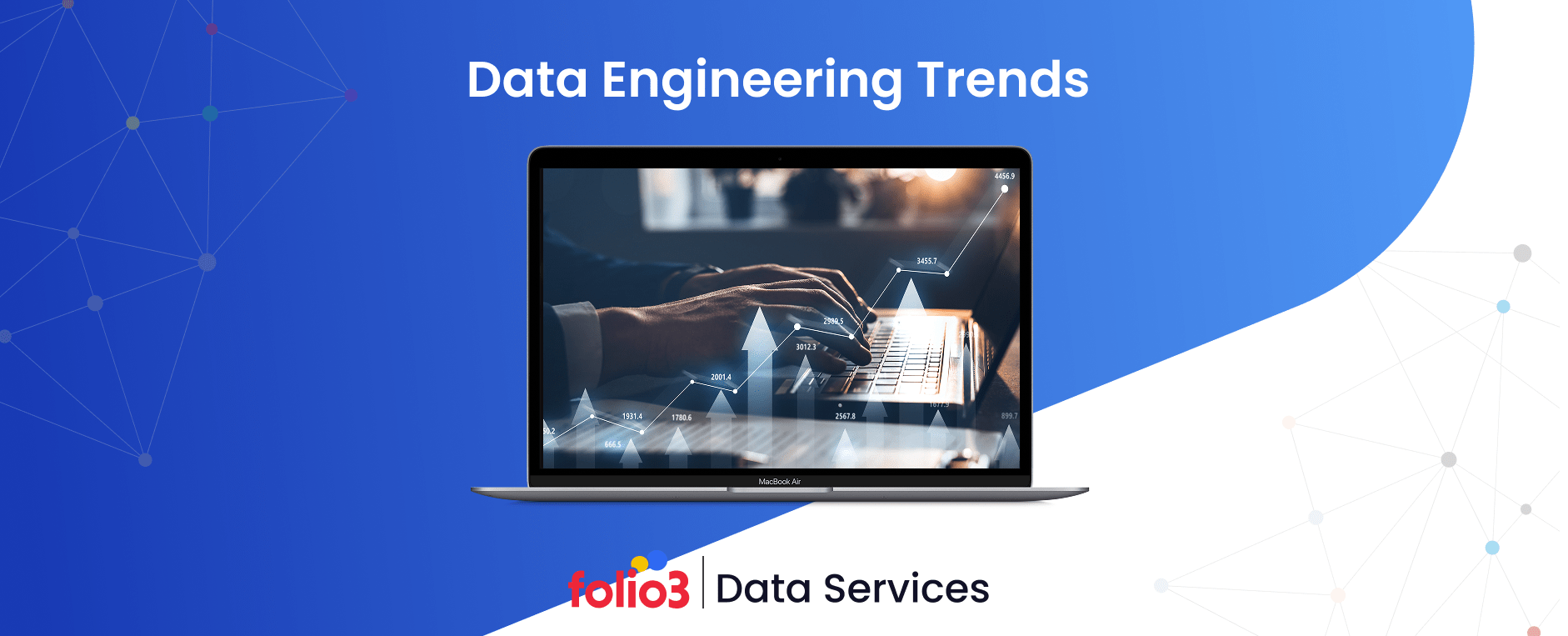
Data engineering trends in 2025 center on autonomous AI integration, real-time processing, and self-service analytics platforms that enable organizations to transform raw data into strategic business intelligence faster and more efficiently than traditional approaches.
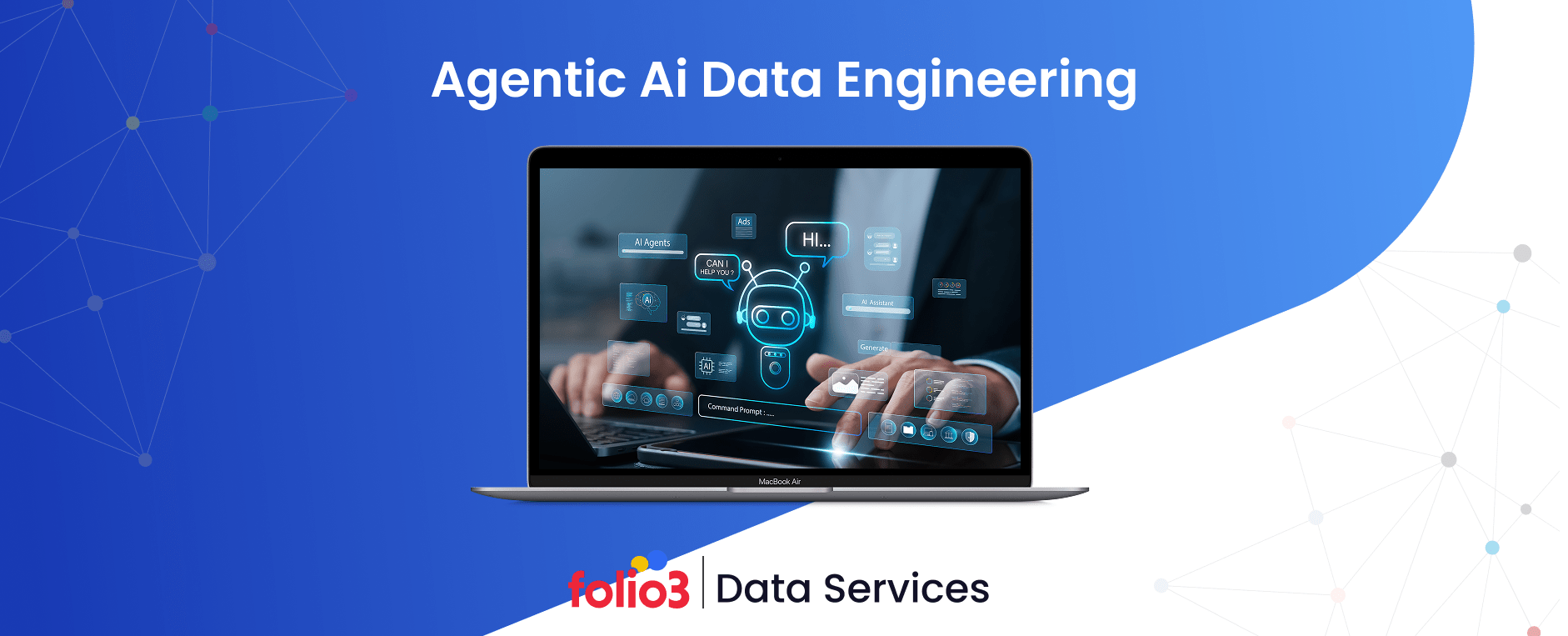
See how Agentic AI revolutionizes data engineering. Explore pipeline optimization, key benefits, adoption challenges, and what the future holds for autonomous, AI-driven data platforms.

AI is reshaping data engineering—automating pipelines, boosting data quality, and enabling real-time insights. Explore how intelligent systems power the next wave of scalable, efficient data infrastructure.
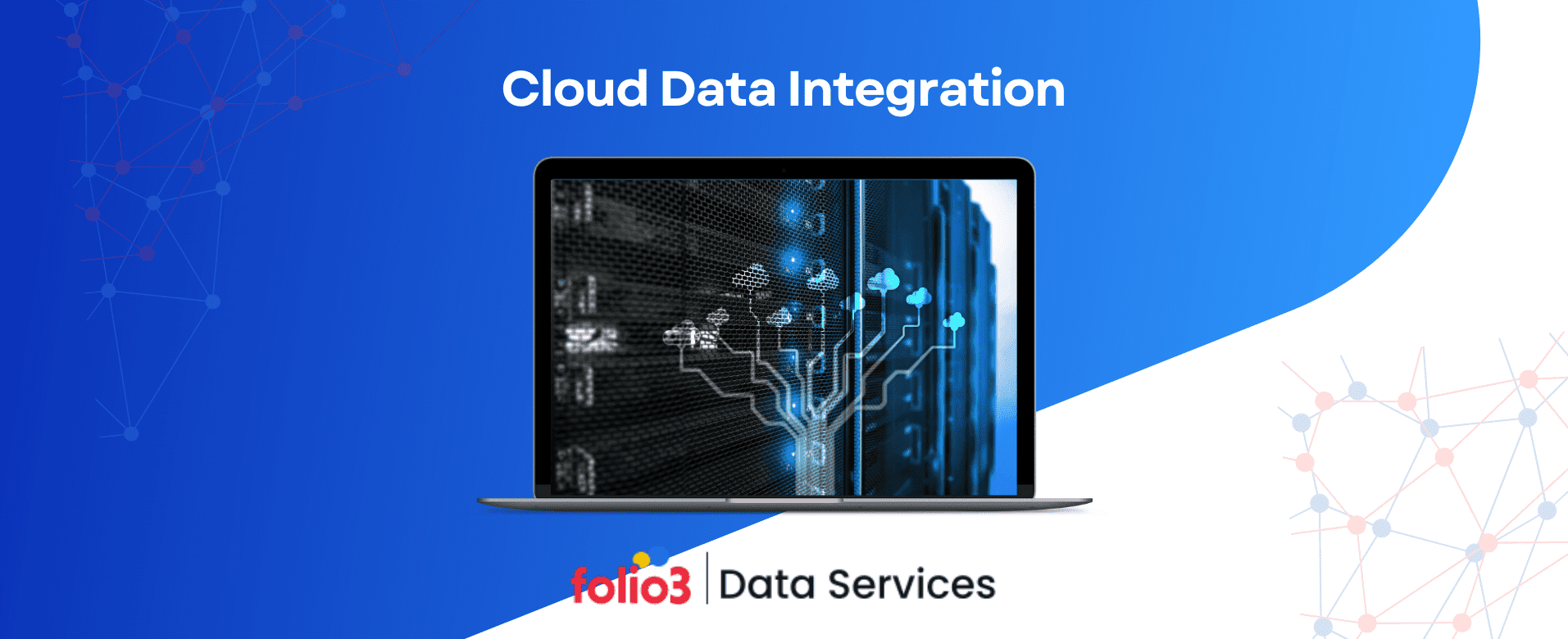
Cloud data integration connects data from different sources into a unified system in the cloud, making it easier to access, manage, and analyze. This blog explores key strategies, integration types, and how the process works in real-world scenarios.
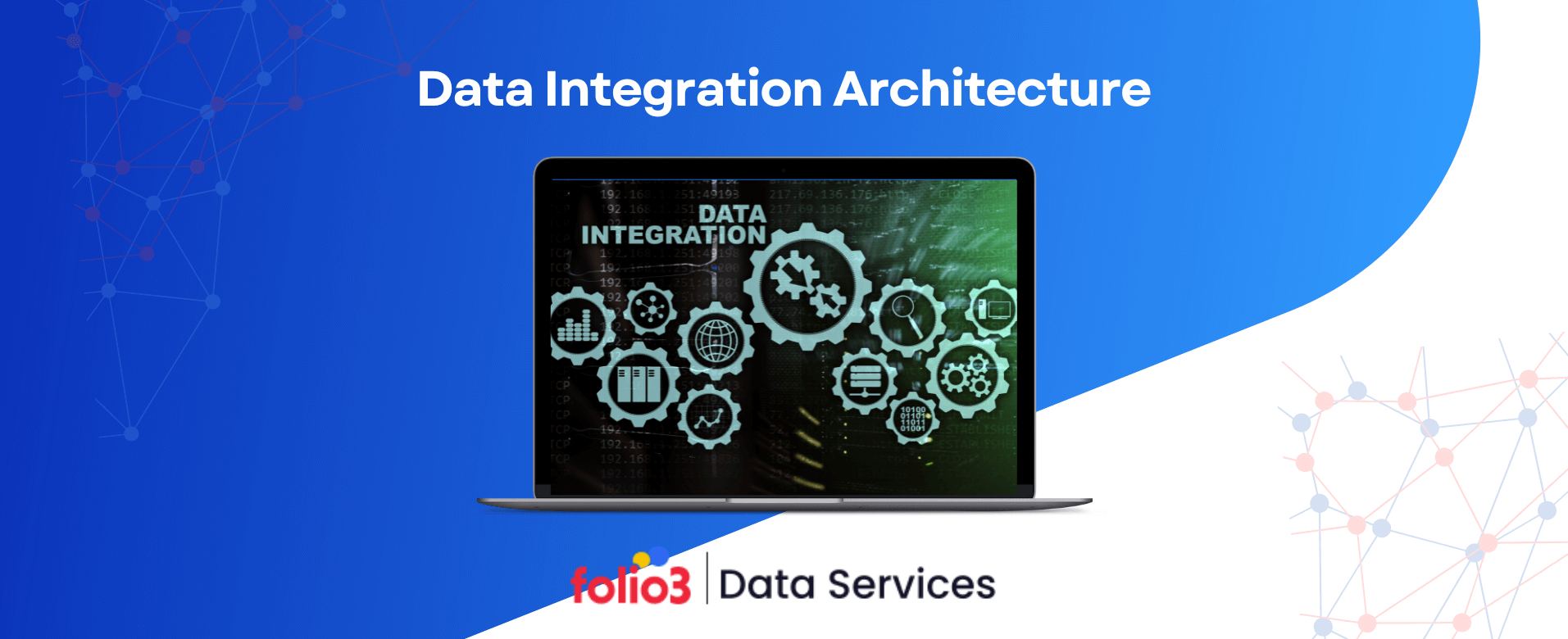
This comprehensive guide explains data integration architecture, highlighting key components, architectural approaches, deployment models, AI’s role, and tools needed to build future-ready data integration systems.
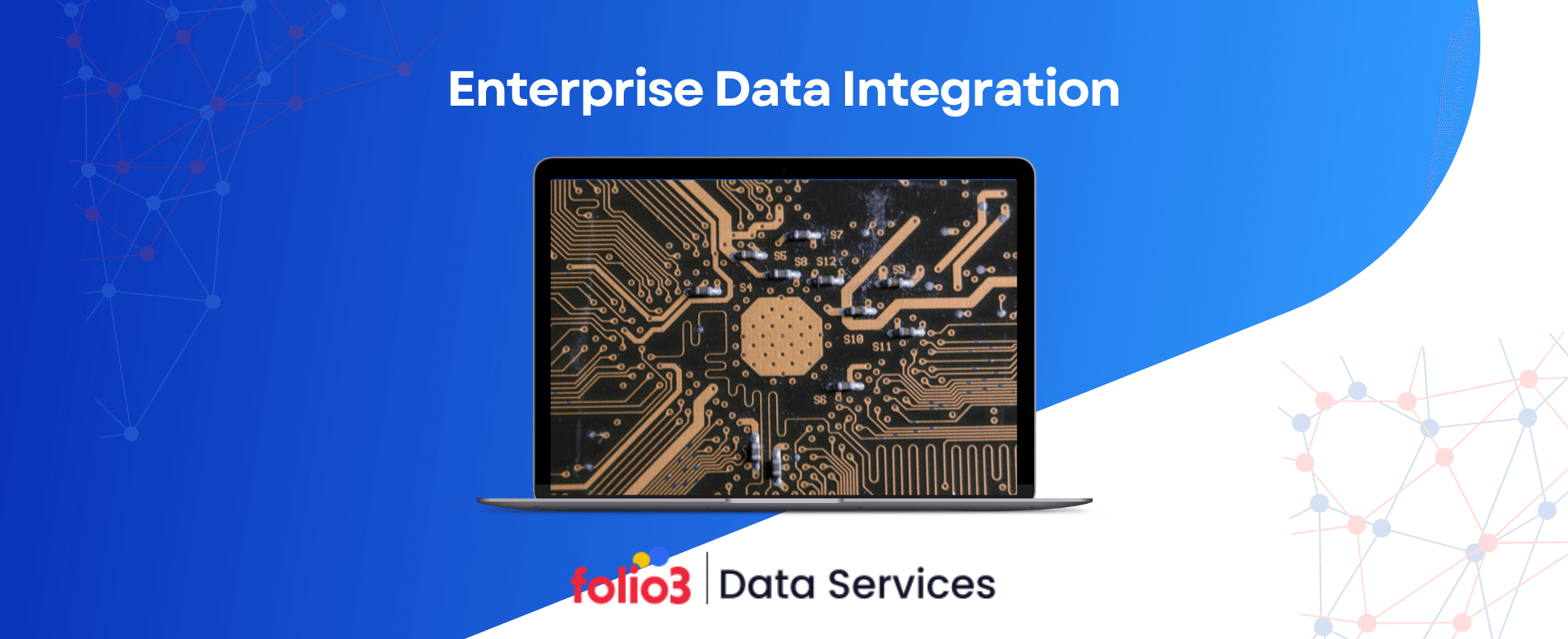
Learn what enterprise data integration is and why it matters for modern organizations. This guide covers integration approaches, business benefits, expected results, and proven best practices for seamless data flow.
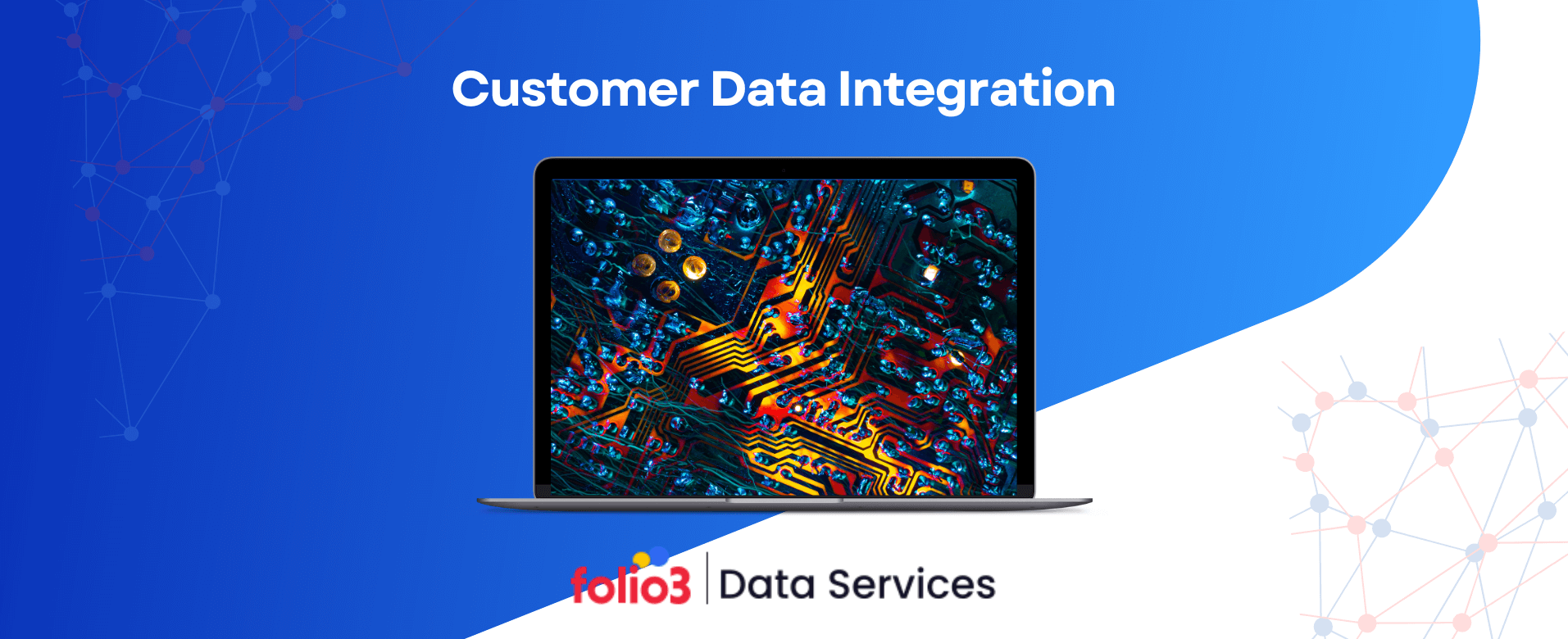
Customer data integration enables businesses to unify and optimize customer insights. Learn its importance, types, and proven best practices for success.